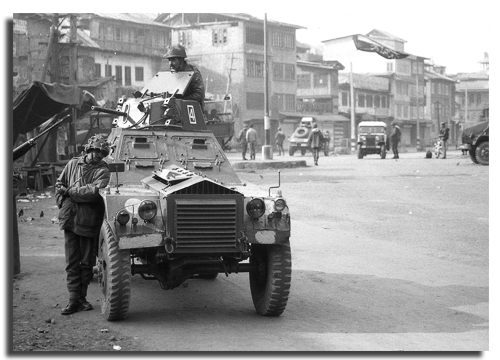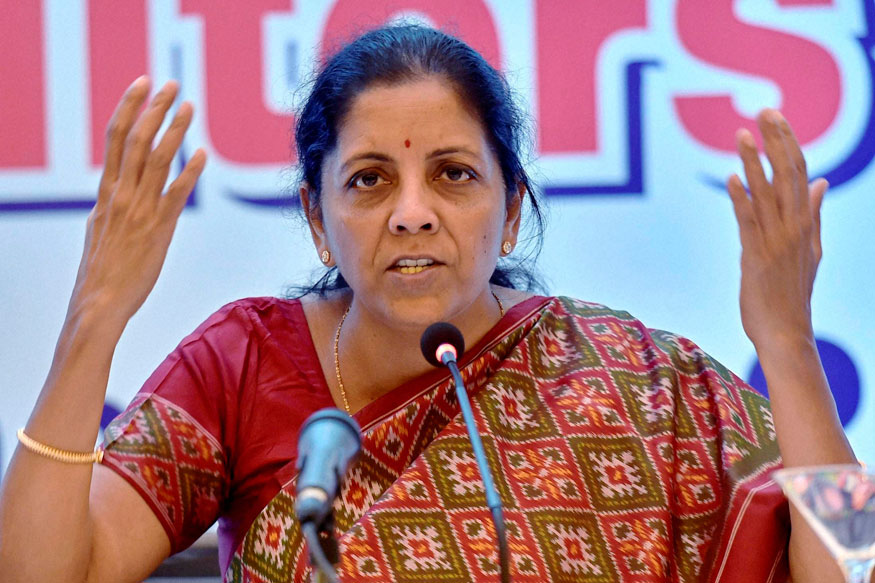KL NEWS NETWORK
SRINAGAR

Srinagar based Human Rights defender group, Jammu and Kasmir Coalition of Civil Societies (JKCCS), Saturday evening issued a statement detailing Human Rights situation in Jammu and Kashmir when late Mufti Mohammad Sayeed held the affairs in state and union governments. It is being reproduced here for the interest of the readers

Mufti Mohammad Sayeed’s death is being conducted by the government exactly the way he himself conducted his politics in Jammu and Kashmir, which was full of lies, opportunism and rhetoric. Since the creation of People’s Democratic Party (PDP), Mufti Sayeed and his party workers have been carrying forward the rhetoric of peace with dignity, battle of ideas, healing touch, accountability etc. All these slogans in practicality turned out to be mere loud political propaganda to counter the peoples’ narrative.
As a human rights organization, we will restrict ourselves to presenting the facts related to the conduct and responsibility of Mufti Sayeed for the human rights atrocities, which took place when he was in authority, as the Home Minister of India from 2nd December 1989 to 10 November 1990 and as the Chief Minister of Jammu and Kashmir from 2nd November 2002 to 2nd November 2005 and 5th March 2015 to 6th January 2016.
During his tenure as the Home Minister of India, the armed rebellion against the Indian occupation in Jammu and Kashmir had just begun. On 8th December 1989, his daughter Rubaiya Sayeed was kidnapped by Jammu and Kashmir Liberation Front and later released in the exchange of 5 prisoners. When the situation was out of the control for the Indian State in Jammu and Kashmir, Government of India dismissed the Farooq Abdullah government on 19th January and on the same day Jagmohan, the infamous right wing Governor was brought to Jammu and Kashmir. It is being reported that Mufti Mohammad Sayeed was instrumental in appointing Jagmohan as the Governor for Jammu and Kashmir. Jagmohan was executing the iron fist policy of Indian Government for his tenure from 19th January 1990 to 26th May 1990. Of course Governor Jagmohan is remembered as the killer in Kashmir, but can we ignore the role of the person who as the Indian Home Minister was controlling the actions of Indian armed forces particularly the paramilitary forces like Border Security Force, Central Reserve Police Force etc. who were primarily involved in the large-scale violence and atrocities on the people of Jammu and Kashmir then. In Jammu and Kashmir during the tenure of Mufti Mohammad Sayed as the Home Minister of India following massacres took place:
Gaw Kadal massacre 21st January 1990
Alamgiri Bazaar massacre 22nd January 1990
Handwara massacre 25th January 1990
Zakura Crossing massacre 1st March 1990
Byepass Massacre 1st March 1990
Hawal Massacre 21st May 1990
Mashaali Mohalla 6th August 1990

Besides the above massacres, the highest number of civilian killings by the Indian armed forces in the last 25 years took place in the year 1990. Killings, rapes and molestations, torture, and collective punishments through crackdowns and prolonged curfews created an atmosphere of war. Any person, who has lived the year of 1990 in the valley of Kashmir, is witness to the fact that it was the most dreadful period in terms of the violence perpetrated by the Indian State. It was during Mufti Sayeed’s tenure as Indian Home Minister, that the draconian Armed Forces (Special Powers) Act (AFSPA) was invoked in Jammu and Kashmir in September 1990.
It is during the same period a huge section of the Kashmiri Pandit community migrated outside of Kashmir valley. Besides, of course, the killings and fear, people are witness to how instead of addressing the fears of Kashmiri Pandits, the Government was facilitating their migration, which was immediately used by India to give communal colour to the struggle of Kashmiri people. It is pertinent to mention here, that even in the past in 1986 at Wanpoh and adjoining villages in South Kashmir, there was an anti-Hindu riot, in which few temples were burnt and according to the allegations of Kashmiri Pandits Mufti Mohammad Sayeed was the main instigator.

Then in his new avatar as the Chief Minister of Jammu and Kashmir from 2nd November 2002 to 2nd November 2005, through his hyper peace rhetoric, he tried his best to obfuscate the truth about the human rights atrocities of Jammu and Kashmir. During his three-year rule, at least 6837 people were killed and out of whom 1784 were civilians, 3898 were militants and 1155 were armed forces personnel. In the same period around 176 cases of enforced disappearances and 127 custodial killings were reported. During this period Mufti Sayeed led government for curbing the civilian protests on the one hand arrested hundreds of political workers to choke the dissent and on the other hand to pacify the public anger announced 77 inquiries, none of which led to prosecution of armed forces personnel involved in the heinous crimes. These probes instead of actual prosecution resulted in the cover-ups.

During his tenure as the Chief Minister, on April 2003 when the families of the disappeared were on 7 day hunger strike, Atal Bihari Vajpayee, in the presence of Mufti Mohammad Sayeed was questioned by the media about the hunger strike of the families of the disappeared; Mufti Sayeed rescued Indian Prime Minister by answering the question, with utter lies. While dismissing the appeal of the families of the disappeared for holding a probe into all the cases of enforced disappearances, he claimed that only 50-60 people have disappeared in Jammu and Kashmir, which was contradictory to what he himself had stated in the Jammu and Kashmir Legislative Assembly on 25th February 2003 wherein he had said that 3744 persons have disappeared in Jammu and Kashmir.
In his recent tenure as the Chief Minister of Jammu and Kashmir from 5th March 2015 to 6th January 2016 a total of 192 people have been killed, amongst whom 50 are civilians, 90 are militants and 52 are armed forces personnel. During this last 10-month rule of Mufti Sayeed, seven probes have been appointed for probing human rights violations; as usual none has resulted into prosecution.
According to the international principle of command responsibility, Mufti Mohammad Sayeed, while in power as the Indian Home Minister and as the Chief Minister is responsible for the crimes, which were perpetrated under his command. If an international process of justice is commissioned in Jammu and Kashmir for probing the responsibility of all those who were directly or through chain of command responsible for perpetrating innumerable atrocities on people of Jammu and Kashmir, Mufti Sayed, no doubt is one such culpable person who should have been prosecuted. The systematic and institutional impunity in Jammu and Kashmir has allowed him to evade actual prosecution but in the understanding of the people of Jammu and Kashmir, Mufti Sayed is morally indicted.















